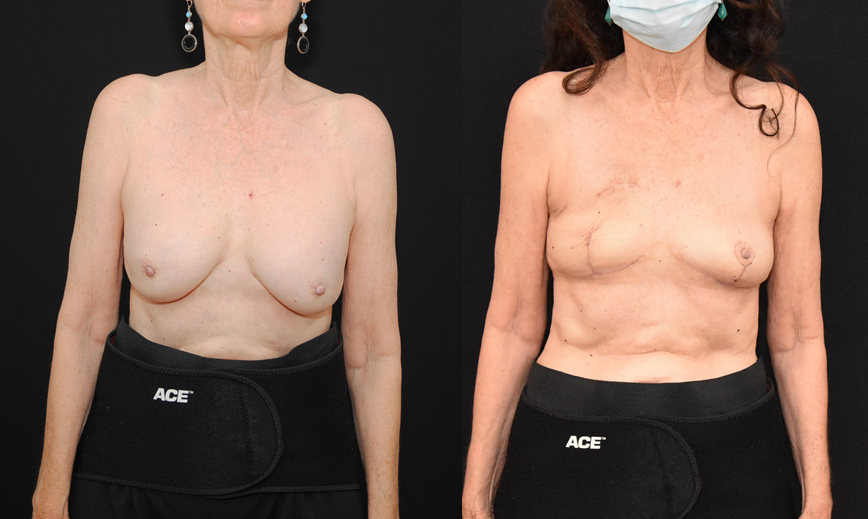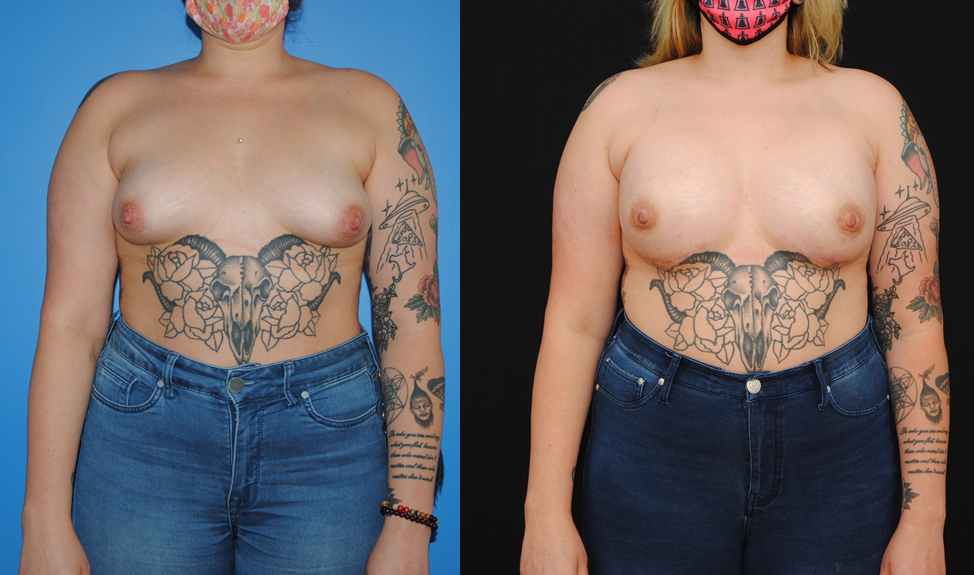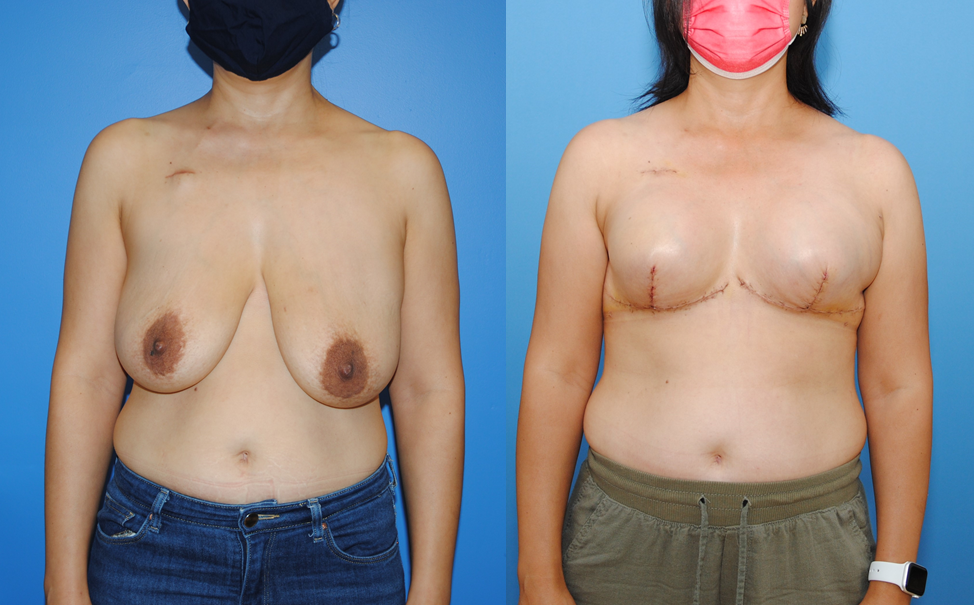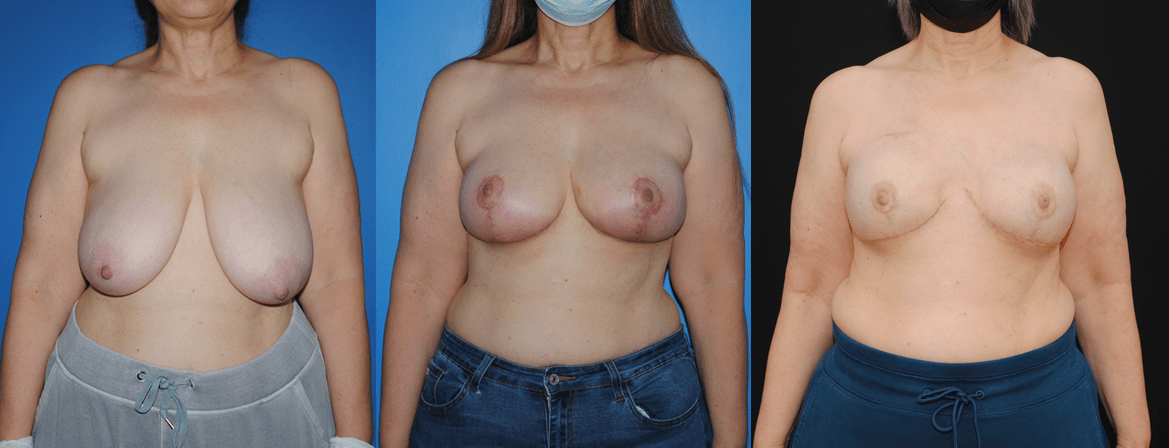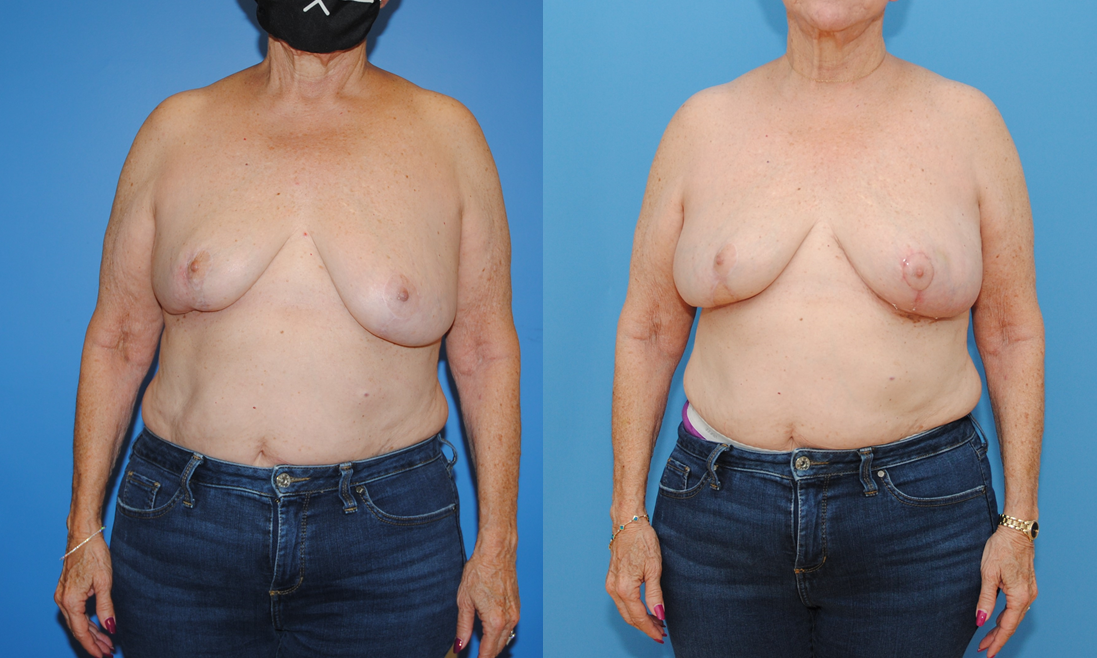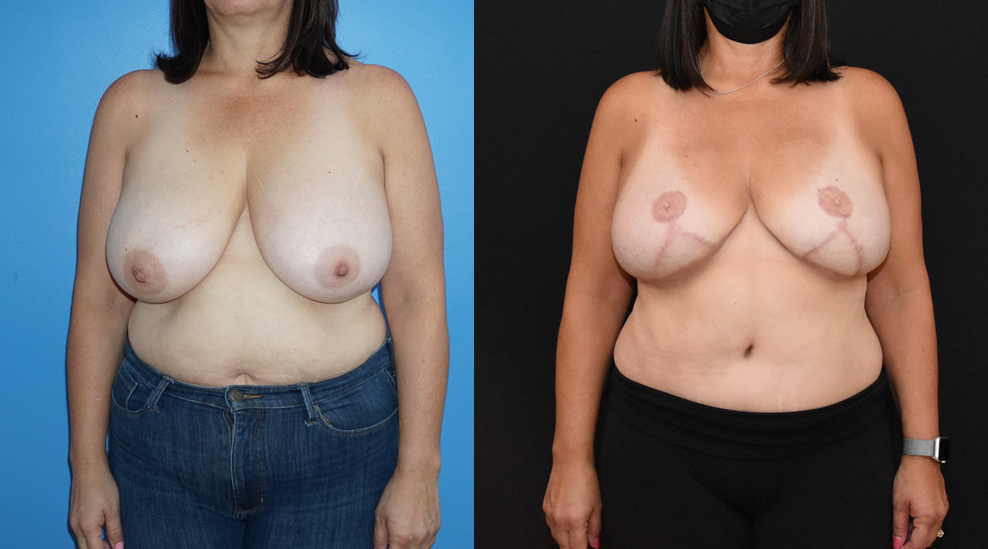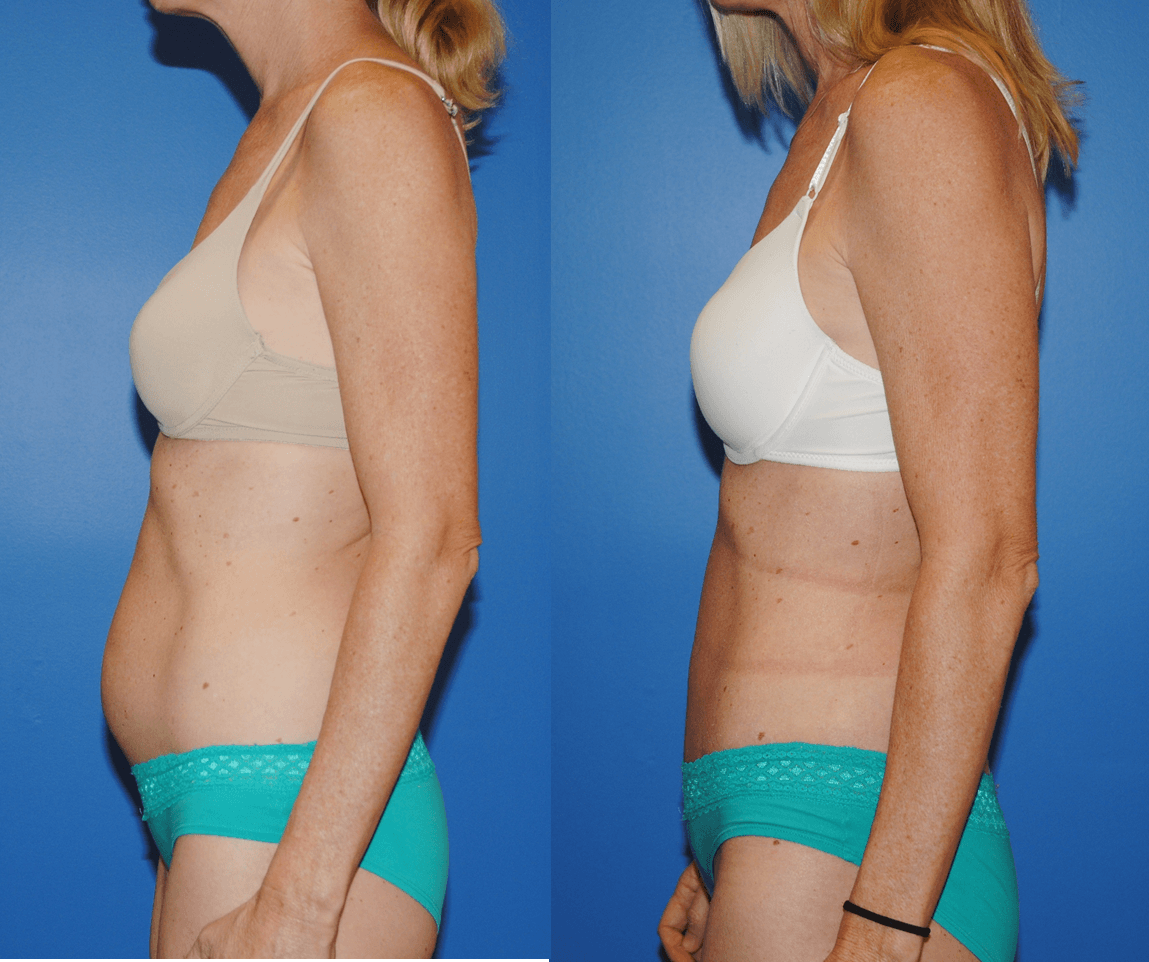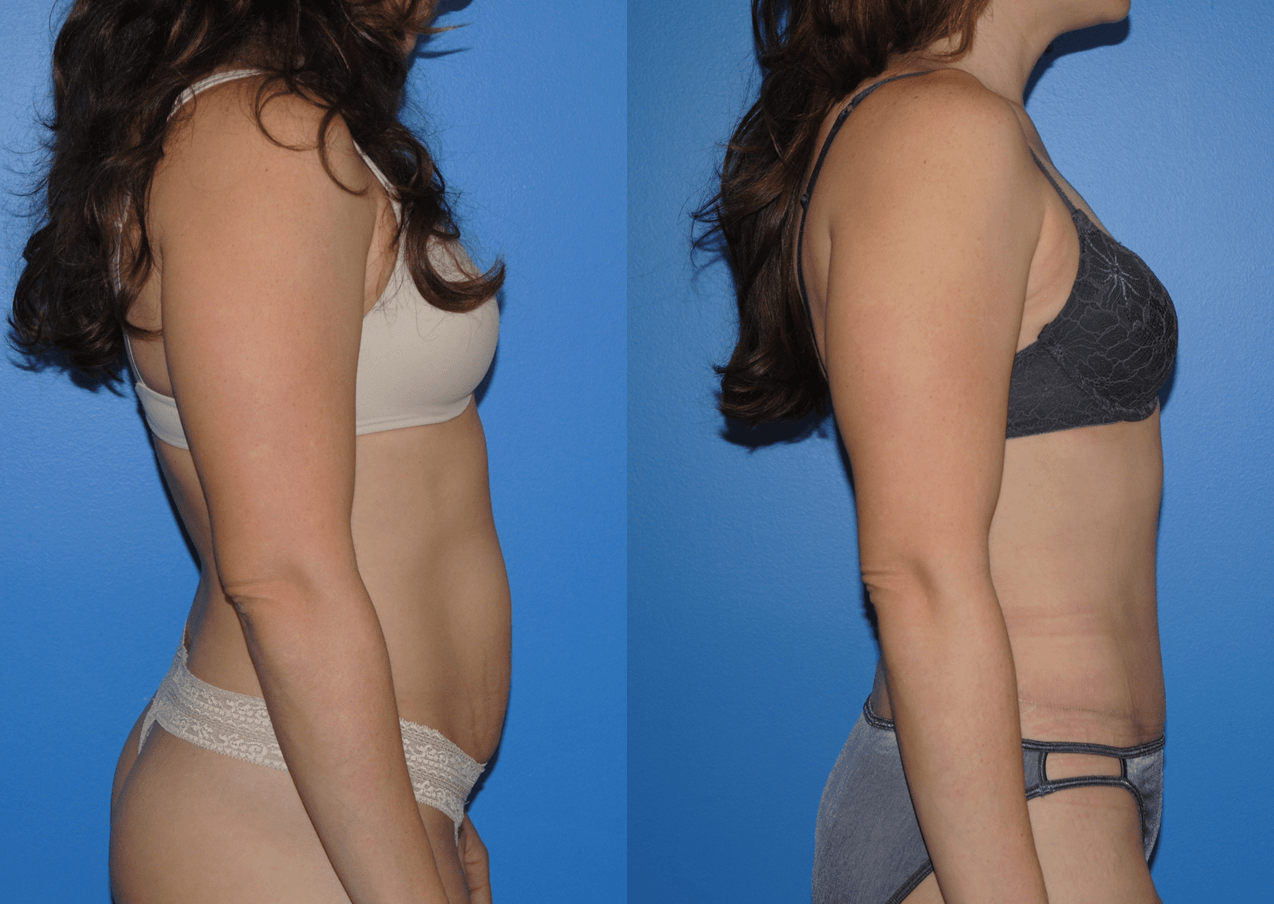When tumors are close to the nipple areola complex the nipple is often removed at the time of the lumpectomy to clear the anterior margin. When mammary prosthesis are in place, often the mammary prosthesis can be removed at the time of the lumpectomy procedure. Patients often choose to have their implants removed at the time of lumpectomy as they…
